معلومات عنا
حقوق الطبع والنشر © 2024 Desertcart Holdings Limited
Desert Online General Trading LLC
Dubai, United Arab Emirates
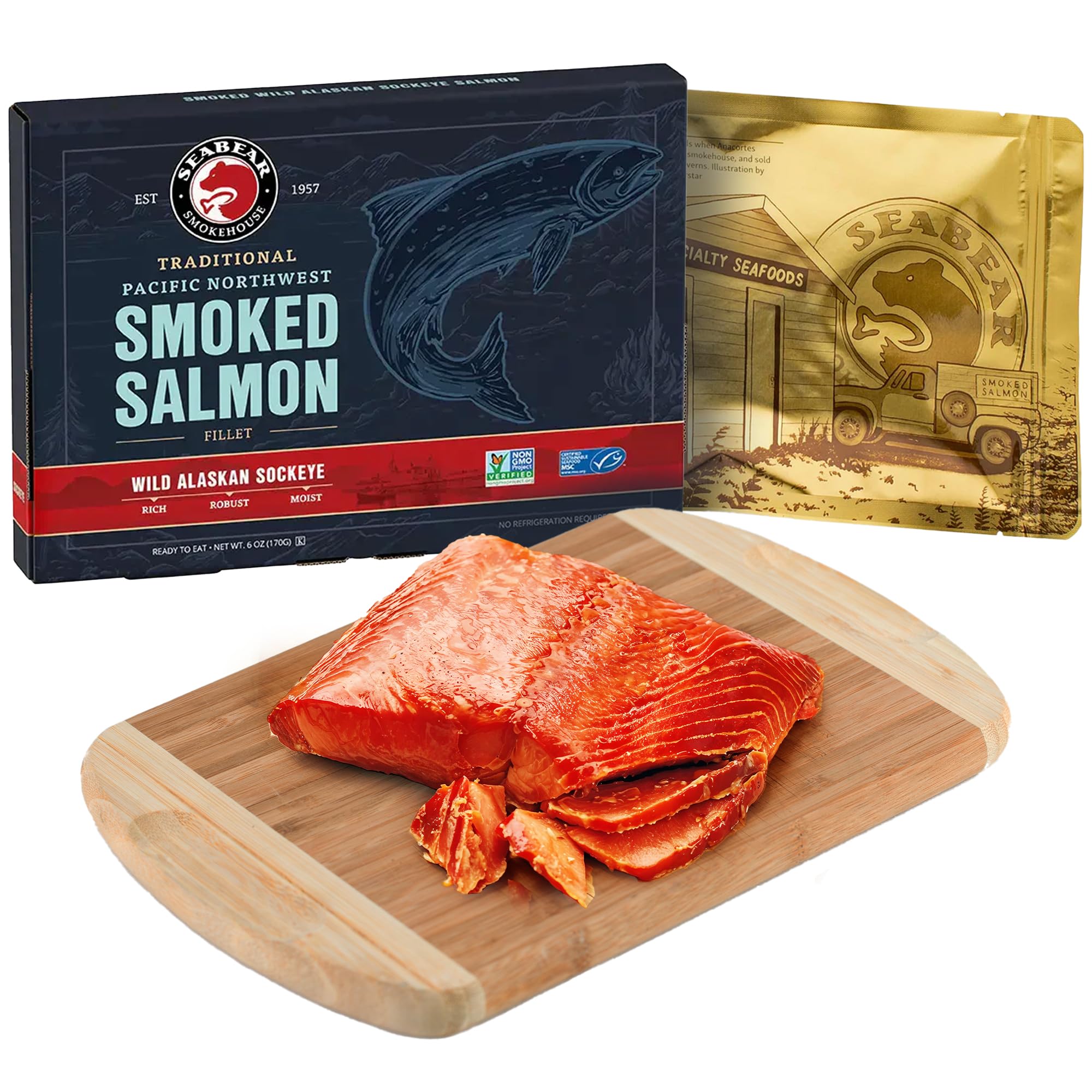

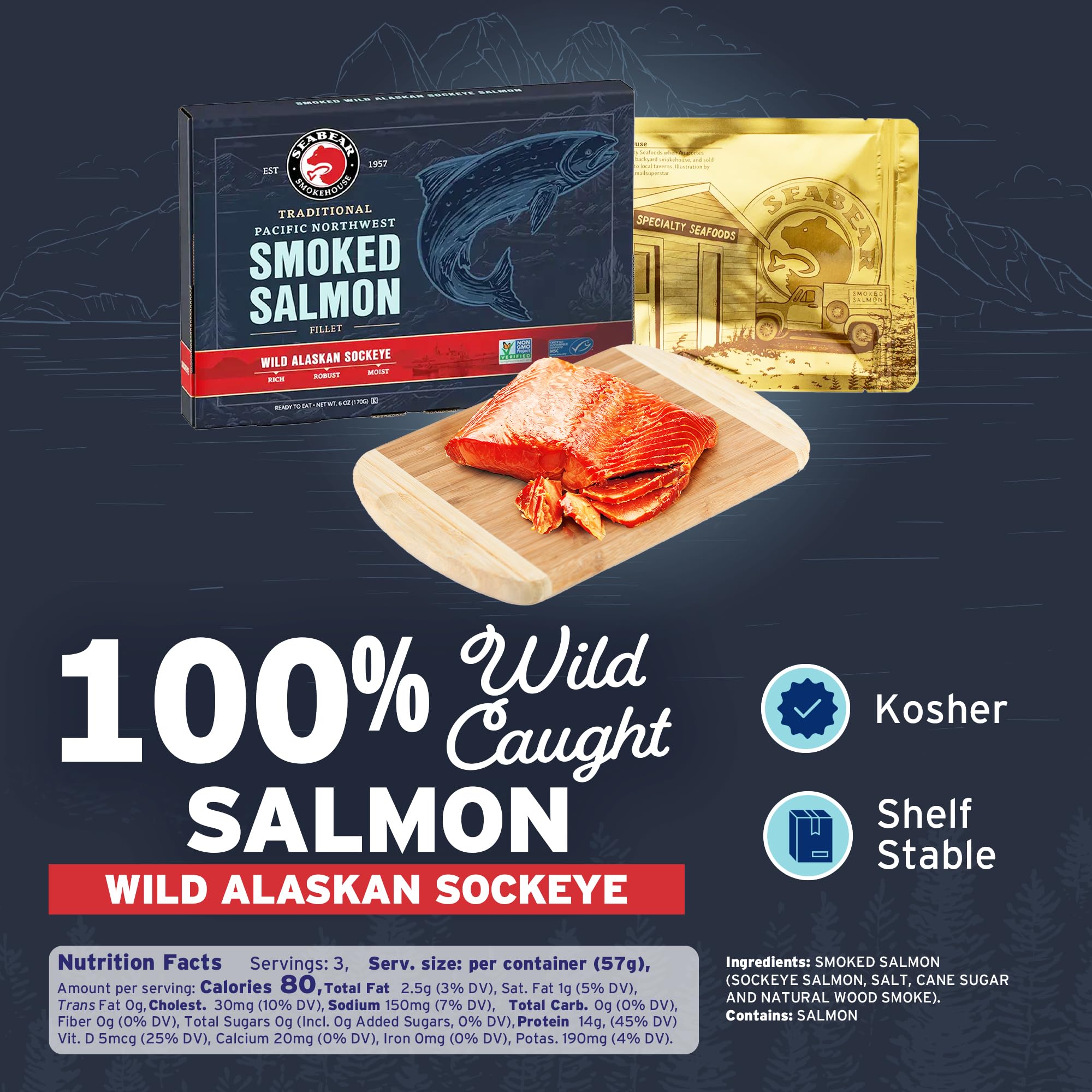
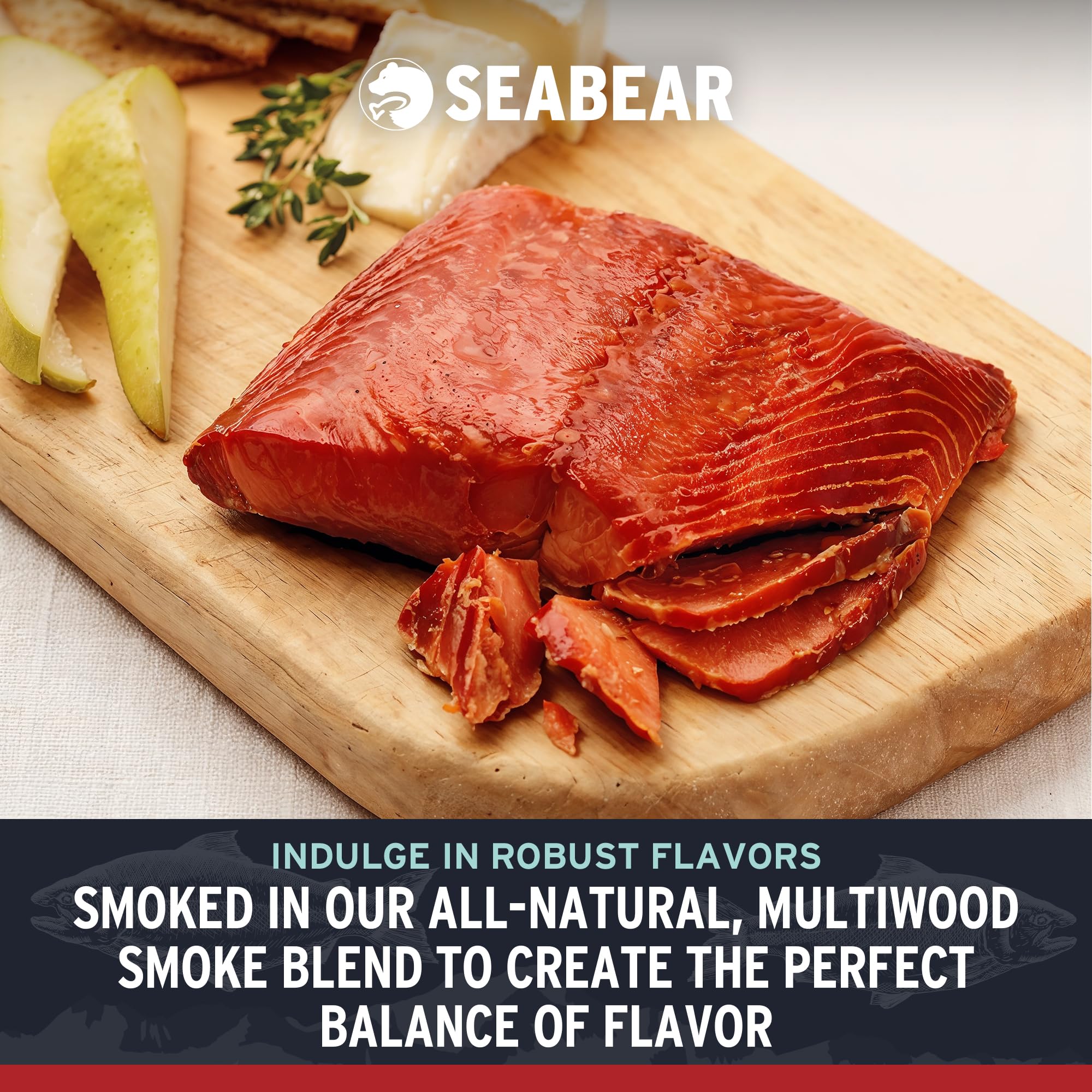
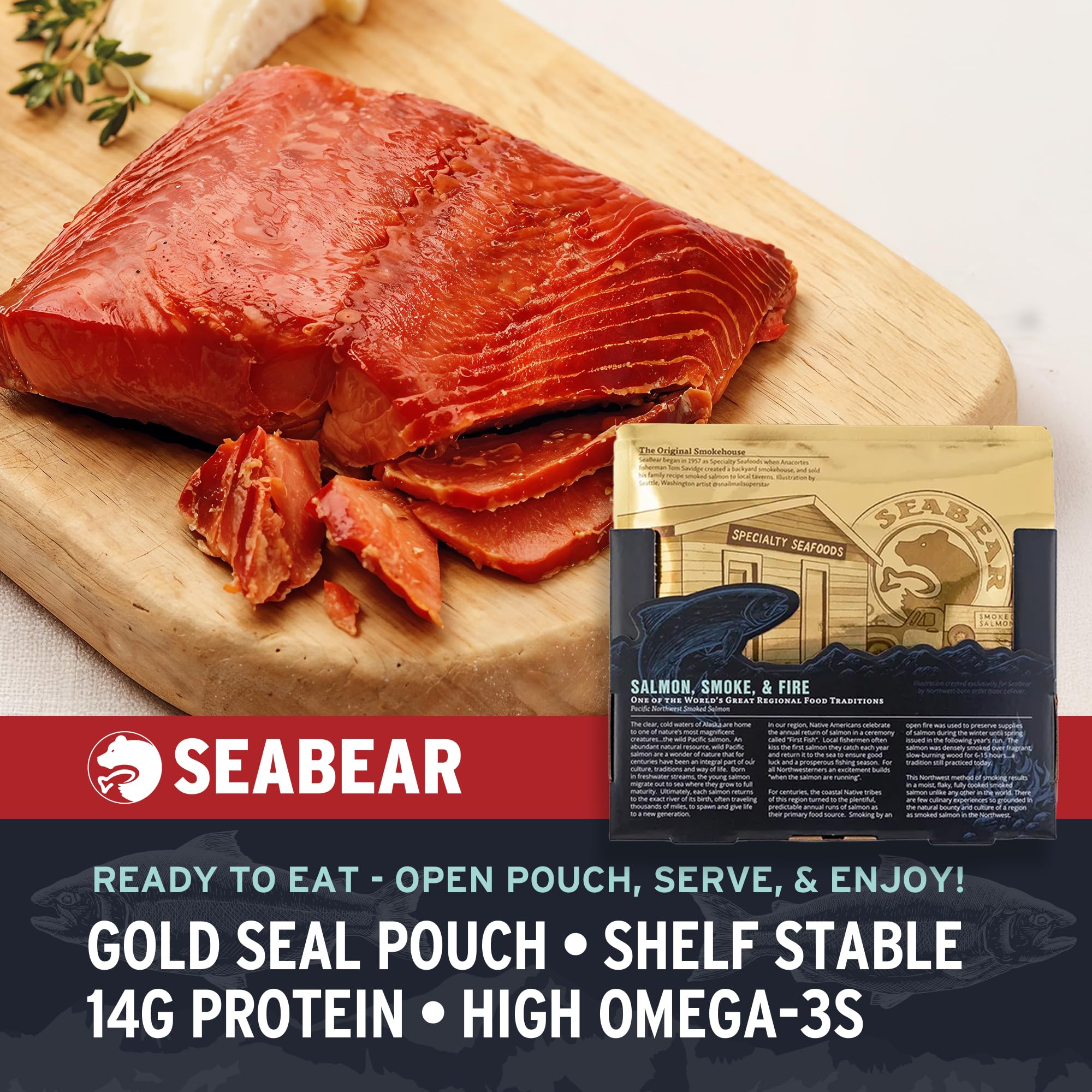
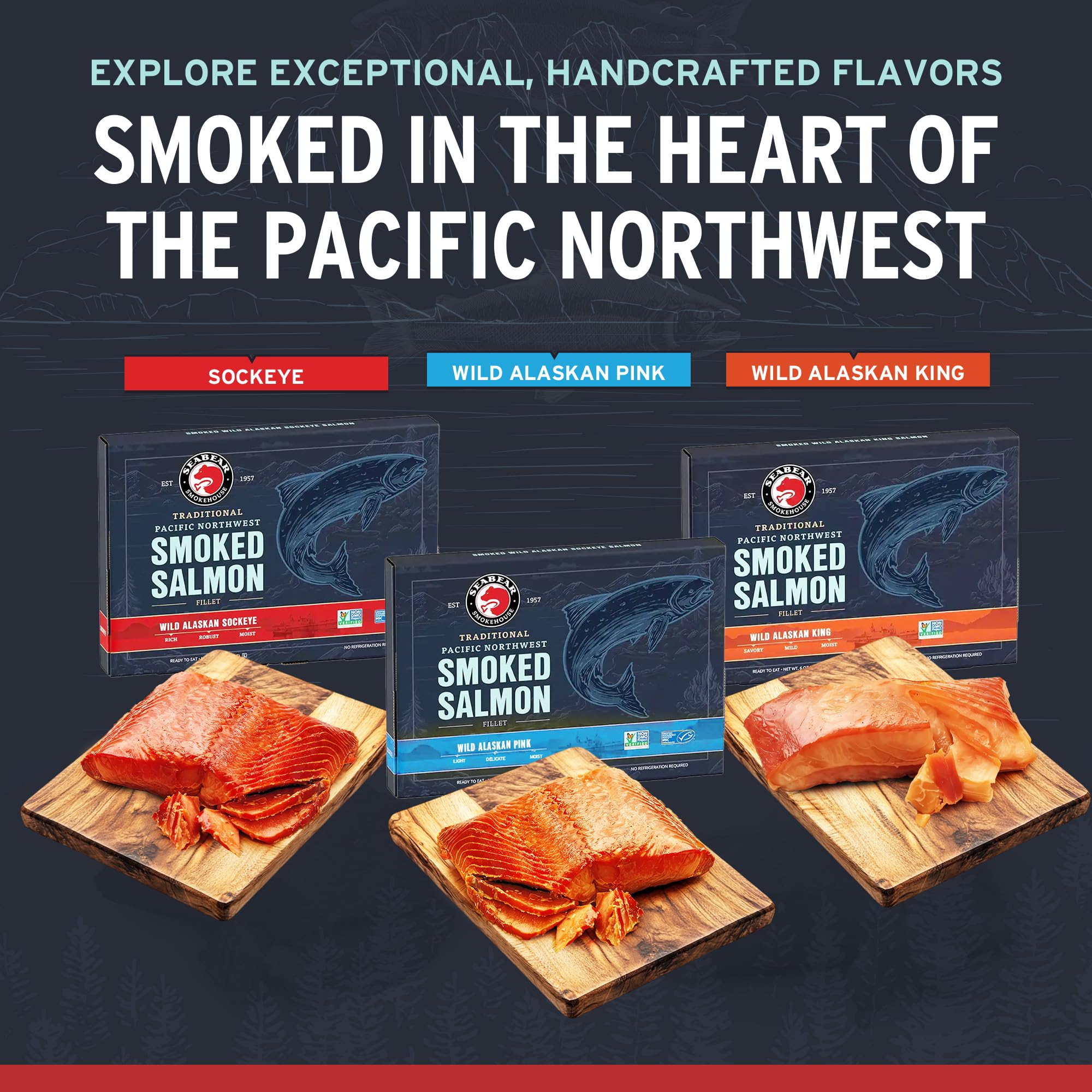
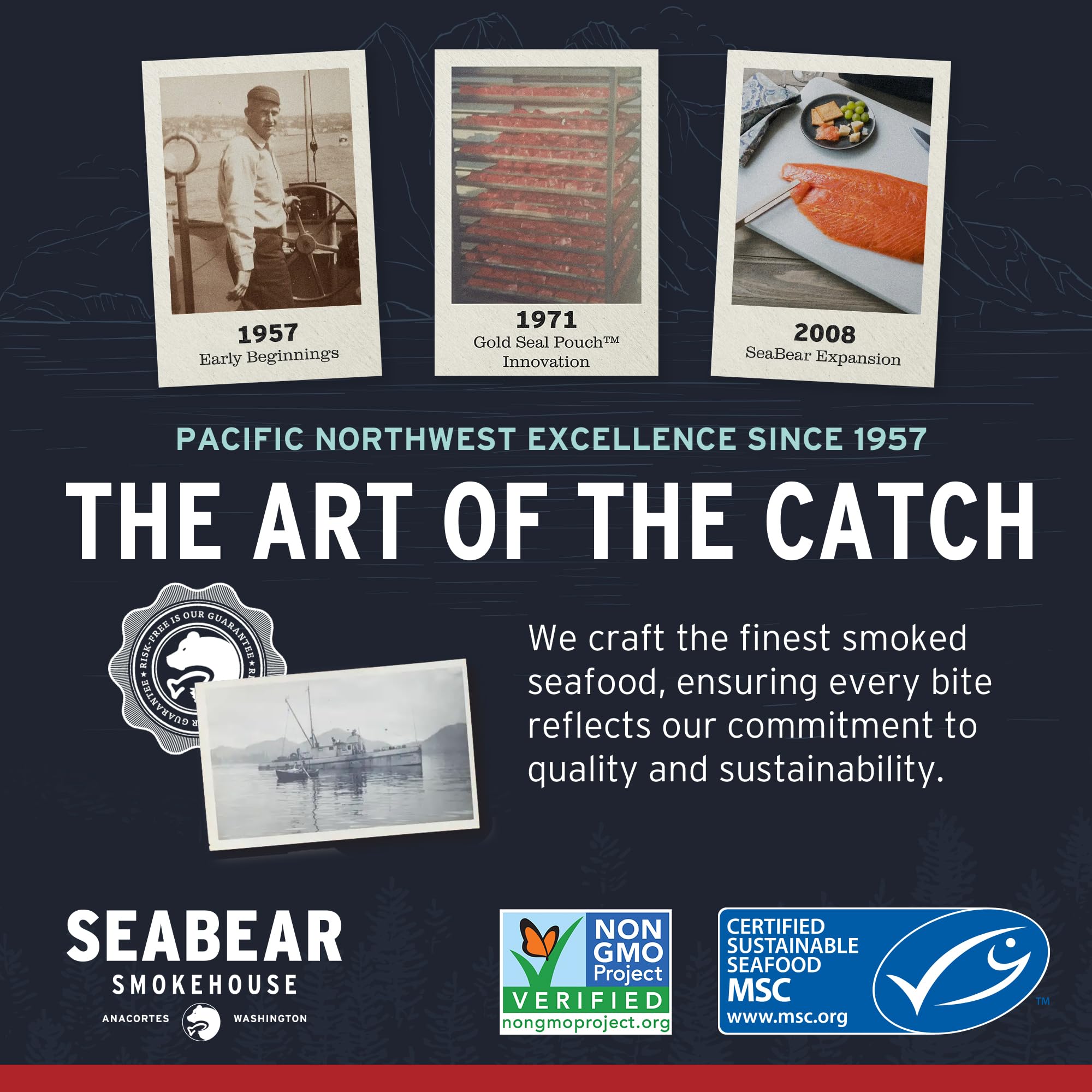
🐟 Elevate your snack game with Alaska’s finest smoked sockeye!
SeaBear Smoked Wild Sockeye Salmon is a premium 6oz fillet, wild-caught from Alaska, hand-filleted and naturally smoked to preserve its rich flavor and vibrant color. Packaged in a vacuum-sealed, shelf-stable Gold Seal pouch, it requires no refrigeration until opened. Ready to eat with a moist, flaky texture, it’s perfect for gourmet meals or gifting, made with only clean, natural ingredients.







ترست بايلوت
منذ 3 أسابيع
منذ أسبوعين
منذ أسبوعين
منذ 3 أسابيع